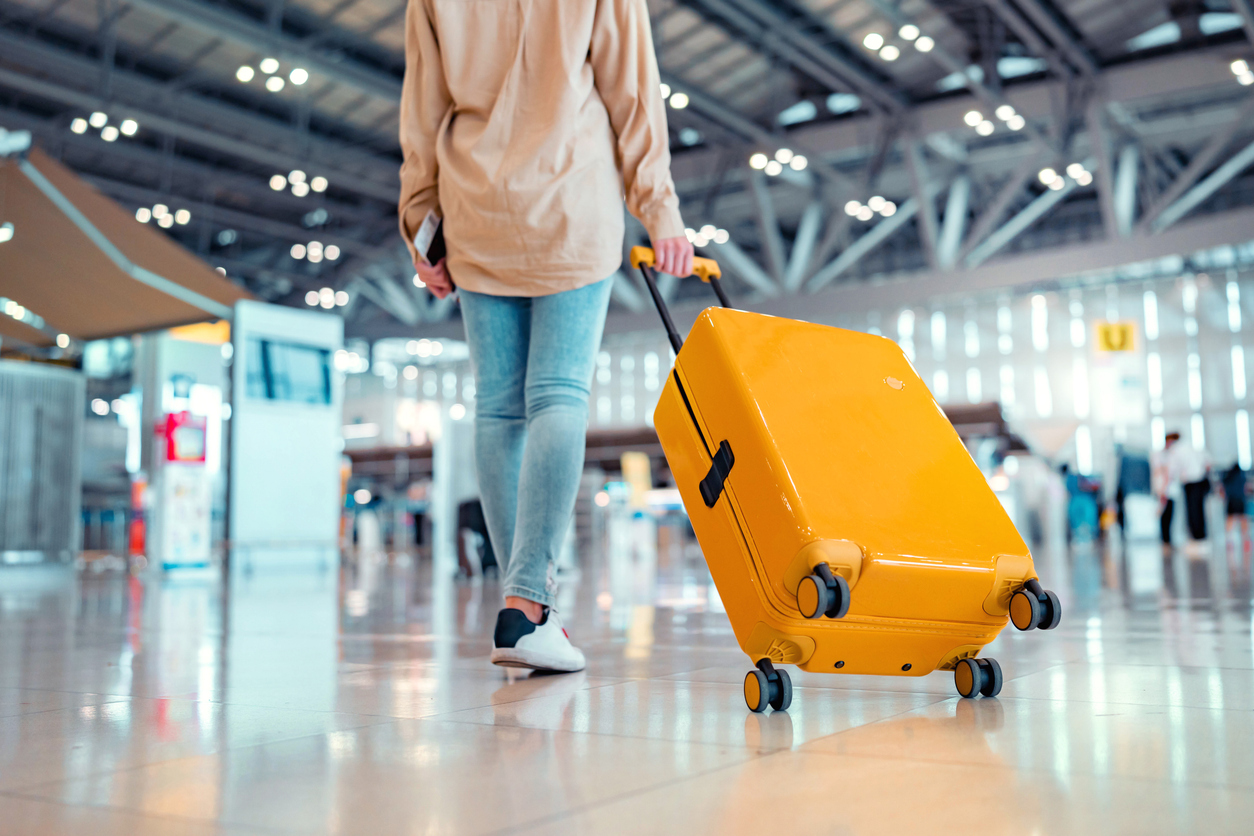5 trends to help travel industry communicators thrive this year and next
Comms leads across three travel sectors share how they’re looking at internal and external trends for today and tomorrow.

The travel sector is gearing up for another booming season.
After years of pandemic disruptions and the growing pains of the industry snapping back into place, demand has returned to prior levels, and 2024 promises to be a big year.
But consumers’ priorities and preferences have shifted. As a result, hospitality and travel organizations have had to ensure that the right staff and skills are in place to live up to those expectations — and sometimes put up with customer ire.
Meanwhile, unpredictable weather and climate patterns are changing safety and behaviors around travel, and of course, much like every other industry, AI is changing the game both internally and externally.
We spoke with communicators across the sky, sea and land to see how they’re planning for the upcoming travel season, as well as their predictions for the future.
Trend 1: In a booming travel season, clarity and talent should be top priorities.
The most immediate trend: It’s one heck of a travel season in 2024.
Chris Chiames, Chief Communications Officer for Carnival Cruise Lines, revealed that 2023 was the cruise line’s most successful year ever, and 2024 is expected to top it. “The current and very strong demand for travel in summer 2024 reflects consumer preferences to spend more and more on experiences, and that extended families and friend groups are using travel to spend quality time with people who are important to them,” he said.
Similarly, Veronica Cintron, VP of communications for the Tampa International Airport, said that this year’s spring break was the busiest in the airport’s history, with nine out of 10 of the airport’s busiest-ever days in March and April of 2024. For communicators in the air travel space, that means communicating clearly around crowds and wait times so that customer expectations are aligned with the experience.
“Having the right staffing levels in place, especially during these busy periods, and proper training helps ensure we can run a smooth operation that prioritizes customer needs,” she said. The airport has found success in holding airport-wide job fairs to help potential talent understand the full range of roles. That includes not just airport employees, but the more than 10,000 employees across airlines, the TSA, rental car companies and beyond.
Trend No. 2: Play up low-cost options to meet the needs of budget-conscious travelers.
But the motivation to spend more on travel doesn’t mean that everyone has the budget to do so.
The city of Santa Monica, California, has two new luxury hotels opening this season. Lauren Salisbury, senior director of communications at Santa Monica Travel and Tourism, said her organization and the city as a whole are leaning heavily into happenings and events, including Pride festivals and its annual Pier 360 Beach Festival, which aims to bring families to its beach and iconic pier.
The organization is tapping into the many reasons people travel to Santa Monica while tailoring its consumer-focused messaging to appeal to consumers who might not typically associate it with lower-cost travel.
“As concerns around inflation continue, consumers are increasingly looking to save while traveling,” Salisbury said. To meet this demand, her team has updated the website and marketing materials and is investing in communications that emphasize its free activities and events, as well as ways to make a trip to the city fit cash-strapped families’ budgets.
For Carnival, that means playing up aspects such as all-inclusive options and packages. “While consumer spending on travel is still very strong, people still want value for their money,” Chiames said.
Trend No. 3: Get personal.
Another way communicators can encourage travel for those on a budget is to ensure that consumers know that there are vacation options and experiences for everyone, and that means helping people see themselves in those places and removing barriers for entry.
Chiames said Carnival’s three priorities for marketing and external comms are expressing the ways travel can be personalized, experiential and multi-generational. “That is ingrained in how we promote cruising and talk about the Carnival experience — there is something for everyone, and multiple ways of having fun, however you define it.”
Influencers — micro and nanoinfluencers in particular — have continued to be strong partners for travel organizations in personalizing experiences for potential customers because they are trusted by their niche following and provide honest, experiential-based accounts of different destinations and services. According to research from Morning Consult, more than half of Millennials and Gen Zers use social media to inform their travel decisions, and that trend shows no sign of slowing.
Trend No. 4: To turn employees into ambassadors, connect their work with purpose.
Many organizations benefit from empowering employees to not just deliver customer experiences, but to also serve as ambassadors for the benefit of both travelers and potential talent.
That means recognition at both the internal and external level, training and clear policies around messaging, and trust to ensure that all parties are on the same page.
“You have to give team members a reason to feel connected and passionate about where they work and what they do — a purpose,” Cintron said, noting that Tampa was dubbed “Best Large Airport in North America” by J.D. Power for the past two years, and she says that it’s because of its commitment to customer service, which its employees carry out.
The airport infuses a sense of purpose into its employee experience by regularly revisiting its benefits packages, offering learning and development opportunities, and finding ways to help employees connect and celebrate. Its recently launched Cultural Intelligence Initiative — fondly dubbed its “People Master Plan” internally—was developed by employees from across the Hillsborough County Aviation Authority (HCAA)’s employees to boost innovation and improve the employee experience.
Trend No. 5: Investing in AI talent and education will prepare travel orgs for the future.
It may come as no surprise that AI is a subject of great excitement and development for travel organizations and their comms teams.
While Chiames said “bogus, AI-generated video content is going to make all of our lives more complicated with regard to issues and reputation management,” it’s also a means of creating better customer service tools and improving internal experiences for employees.
Santa Monica Travel and Tourism sees it as a boon: “AI is quickly proving to be a great tool to help travelers find amazing things to do and plan vacations,” she said, though she noted that the organization is still in an “exploratory phase.”
To unlock that potential at a practical level while protecting the business and its employees, travel comms teams will need to invest in upskilling and talent acquisition focusing on the next phase of generative AI.
Jess Zafarris is the director of content at Ragan and PR Daily and an editor, journalist, audience director, game and puzzle maker, and content creator.






